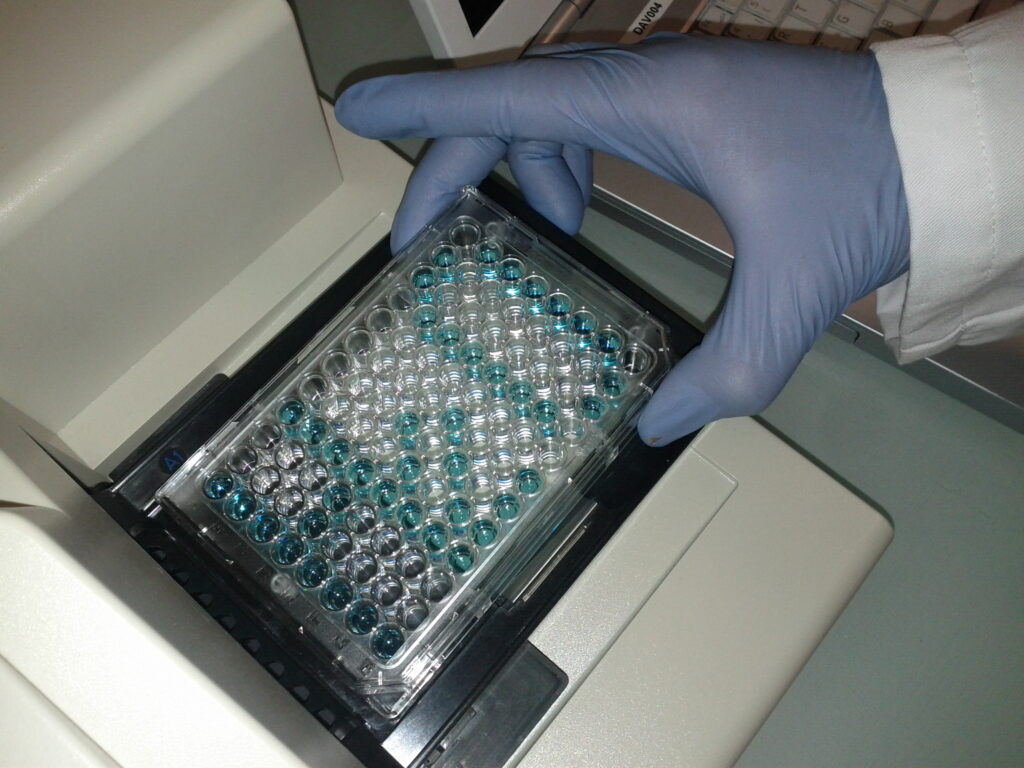
Microbial communities play a crucial role in wastewater treatment, helping break down organic pollutants, remove nutrients, and support overall ecosystem health. When analyzing these environmental cultures, researchers use molecular tools like Next-Generation Sequencing (NGS) and quantitative Polymerase Chain Reaction (qPCR) to assess microbial diversity and activity. Let’s explore how these methods differ in wastewater treatment applications.
Microbial Community Analysis (MCA) Testing using NGS Sequencing: Mapping Microbial Diversity
MCA provides a comprehensive profile of microbial communities involved in wastewater treatment processes. It’s particularly useful for studying the stability, evolution, and function of key organisms in bioreactors, lagoons, and constructed wetlands.
Key Benefits of MCA in Wastewater Treatment:
- Broad Community Analysis
Identifies all microbes present, including those critical for biodegradation or responsible for upset conditions. - Functional Insight
Helps determine which microbial species contribute to processes like nitrification, denitrification, or phosphate removal. - Microbial Adaptation
Tracks shifts in microbial composition due to operational changes, pollution levels, or seasonal variations.
MCA is ideal for understanding microbial ecosystems, improving bioreactor efficiency, and optimizing treatment plant operations.
qPCR: Quantifying Specific Functional Microbes
While NGS gives a broad perspective, qPCR provides targeted, quantitative insights into specific microbial populations responsible for wastewater treatment. This technique is commonly used to monitor the abundance of key species or functional genes that drive treatment efficiency.
Key Benefits of qPCR in Wastewater Treatment:
- Precise Quantification
Measures the concentration of essential microbes such as nitrifiers, methanogens, or sulfate-reducing bacteria. - Rapid Monitoring
Generates results within hours, helping wastewater operators quickly assess system health. - Functional Gene Tracking
Targets specific genes involved in processes such as organic matter degradation or nitrogen cycling. - Early Warning for Process Upsets
Detects shifts in microbial populations that might indicate operational instability.
qPCR is a valuable tool for routine monitoring, optimizing treatment conditions, and ensuring the effectiveness of biological processes.
Which Method Works Best for Wastewater Treatment Operations?
Both techniques serve unique purposes in analyzing environmental cultures for wastewater treatment:
- MCA provides broad microbial insights and helps researchers discover new species, interactions, and environmental impacts.
- qPCR enables precise measurement of specific microbes, making it ideal for process control and performance optimization. However, qPCR testing is only as good as the primers used in the test. The primers are very specific and may not match the organisms in any given wastewater treatment unit.
We often recommend that facilities start with MCA, to identify key microorganisms in a system. This helps in selecting the correct qPCR assays to use for routine monitoring.
Advancements in wastewater treatment rely on understanding microbial communities at both broad and precise levels. By using NGS and qPCR strategically, researchers and engineers can fine-tune biological processes to improve efficiency, sustainability, and environmental impact.
